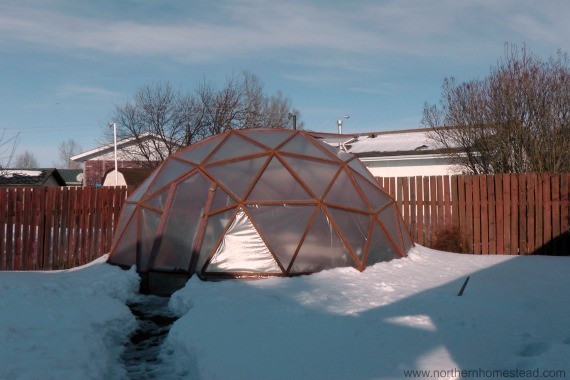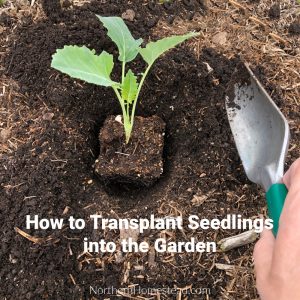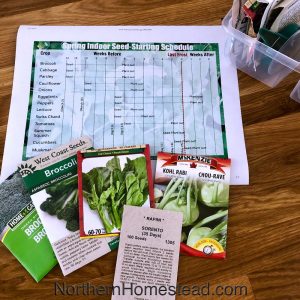
Planning a greenhouse garden can be a fun and rewarding experience. Whether you’re a seasoned gardener or just starting out, it’s helpful to have a plan in place to ensure a successful growing season. Here are some tips and ideas to get you started on planning your greenhouse garden.
The greenhouse area

To plan your greenhouse garden efficiently, begin by creating a basic map of your greenhouse layout on a piece of paper. Use a measuring tape to determine the length and width of each bed, which can then be used repeatedly year after year. To simplify this task, consider using a garden planner, which can be a useful tool. You can learn more about garden planners by clicking here.
Greenhouse real estate is more valuable than garden areas. You want to utilize the whole growing area all season long.
The growing season

A greenhouse can extend the growing season in comparison to an open garden. The length of extension depends on the type of greenhouse you have, varying from a few weeks to a few months. Do not underestimate the potential of a greenhouse. Even in zone 3, we have successfully started growing cold-hardy peas as early as March. Although planting tomatoes might not be possible much earlier, several cold-hardy plants can still be grown before the main gardening season begins.
Usually, the temperature inside the greenhouse is higher than the temperature outside. This allows for the early planting of cold-weather crops, but they aren’t suitable for midsummer planting. That brings us to the next tip.
Consider succession planting

Using succession planting is a great idea to make the most of a greenhouse’s space and growing season. By the time the heat-loving tomatoes need most of the greenhouse space, it will be mid-summer. So why not grow cold-hardy plants before that? You can plant peas, lettuce, kohlrabi, radishes, and other cool-weather plants. Choose fast-growing varieties that can be harvested in a few weeks.
You can plant the cold-hardy plants along a path, leaving space for the young, heat-loving seedlings to be planted later. This way, the space is used twice. For more examples, check out our article “Growing a Greenhouse Garden.”
Companion planting

Companion planting can be a great way to make the most of available space. When done correctly, plants can actually benefit from each other’s proximity. For instance, indeterminate tomatoes grow well when beans are planted alongside them. You can learn more about growing legumes as companions by clicking here. Cucumbers thrive in the presence of radishes. If you plant lots of radishes around a young cucumber plant, you can harvest most of them before the cucumber plant needs the space to grow. Herbs and marigolds are great companions in a greenhouse as well.
Vertical growing

We prefer to prune our tomato plants to a single stem. This makes it easier to manage and requires very little space, about one foot. The Square Foot Gardening book has great ideas on vertical growing and how much space each plant needs. If you’re growing tomatoes in a cold climate outside, we recommend using a bit more space to prevent shading. However, in a warm greenhouse, Square Foot Gardening works great. Peppers, for example, even thrive better if they have a little bit of shade, especially from the West.
Container gardening

We recommend growing plants, in soil vs containers even inside a greenhouse. However, containers can also be used in addition to soil growing. Depending on the greenhouse’s structure, you might want to build a shelf to place containers above the peppers. Alternatively, you can hang plant baskets at the highest point of the greenhouse. You can grow cherry tomatoes or strawberries in hanging baskets. Don’t forget tropical plants like figs and lemons; they love the greenhouse in the summer but need to be brought into a frost-free or cool space in winter.
Hydroponic gardening

If you’re keen on exploring alternative gardening methods, hydroponics is an excellent option for a greenhouse garden. Especially if the greenhouse does not have soil, but rather a solid flour. Whether you prefer a vertical tower garden, a Kratky method bucket, or an NFT system along the walls, there are plenty of ways to make the most of your greenhouse real estate with hydroponic techniques.

Peppers are an ideal plant to grow using aeroponics. They typically require a longer growing season, but aeroponics can speed up the growth process by around 30% when compared to traditional soil-based growing methods. This means you can grow and harvest more peppers in a relatively small space.

Cucumbers thrive in Kratky method hydroponics. These plants are known to be thirsty, but hydroponics can help alleviate that issue.
In conclusion, a greenhouse garden can be a great way to expand your gardening possibilities. Following the tips and ideas suggested in this article, you can successfully plan and maintain a thriving greenhouse garden that will provide fresh produce and beautiful flowers. Happy gardening!
We invite you to subscribe to Northern Homestead and follow us on Instagram, Facebook, or Pinterest for the latest updates.












Leave a Reply